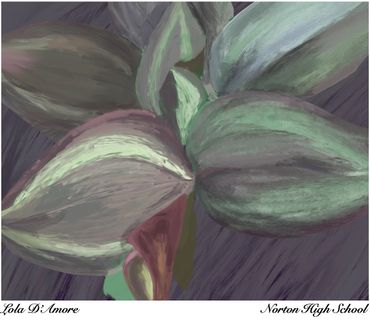The Land Preservation Society of Norton
Preserving Wild Things & Wild Places in Norton, MA
The Land Preservation Society of Norton
Preserving Wild Things & Wild Places in Norton, MA
Preserving Wild Things & Wild Places in Norton, MA
Preserving Wild Things & Wild Places in Norton, MA

LPS of Norton's mission is to provide education and resources to preserve and support
wild places and wild things.
We seek volunteers to help with our trails and programs.

We offer a variety of events all year long. We need help with publicity, graphic design, fund raising, etc. If you have any skill or talent or love nature, please contact us!

We often need help with trails and signage. We seek woodworkers and people who can help with research about ecology, history and safety!








We use cookies to analyze website traffic and optimize your website experience. By accepting our use of cookies, your data will be aggregated with all other user data.